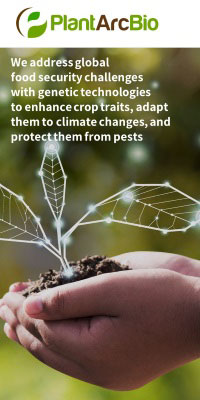

“This initiative is a direct response to the lack of adequate forage needed to keep honey bees healthy and thriving,” said Jim Blome, president and CEO of Bayer CropScience LP North America. “In 2015, Bayer CropScience is committed to research and partnerships that will make a positive impact on honey bees.”
Bayer’s expanded partnership with Project Apis m. will complement its joint field research projects conducted on fence rows near almond orchards at Bayer’s Western Bee Care Technology Station in Fresno, California. Findings from Bayer’s research with Project Apis m. show that forage plantings also can have benefits for growers. If growers allow forage plantings adjacent to fields, rather than planting from fence row to fence row, they can reduce the loss of irrigation water, better manage soil quality and weeds, and help support wildlife, including pollinators. Local growers and landowners will plant the provided seeds on land with crops and on nearby plots to help ensure direct benefit to them and nearby bee colonies.
“With funding from Bayer, Project Apis m. will be able to work with growers to plant more acres of honey bee habitat right where it can be accessed by honey bees before the almond crop’s first bloom around Valentine’s Day,” said Christi Heintz, executive director of Project Apis m. and liaison to the Almond Board of California’s Bee Task Force. “Additionally, with Bayer’s help from its Fresno Research Station, we know the best plant species and mixes to use to feed bees and save them from starving.”
Project Apis m. will work with almond and other growers to get commitments for cover crops that will be planted in Fall 2015.
Bayer’s collaboration with Project Apis m. is a part of its commitment to protect and improve pollinator health. For more information on Bayer’s North American Bee Care Program, please visit www.beehealth.bayer.us. You can also follow and share with us on Twitter @BayerBeeCare, on Facebook at facebook.com/BayerBeeCareCenter and view photos on Flickr.
Christi Heintz, executive director of Project Apis m., examines flowers in a fence row project at Bayer's Western Bee Care Technology station in Fresno, Calif. As part of the project, native drought resistant plants are evaluated to see which seed mixes are most attractive to bees. In another Bayer/Project Apis m. collaboration, honey bee habitat will be planted where it can be accessed by honey bees before and after the almond crop bloom and before and after apple blossom season in the state of Washington beginning next fall.























